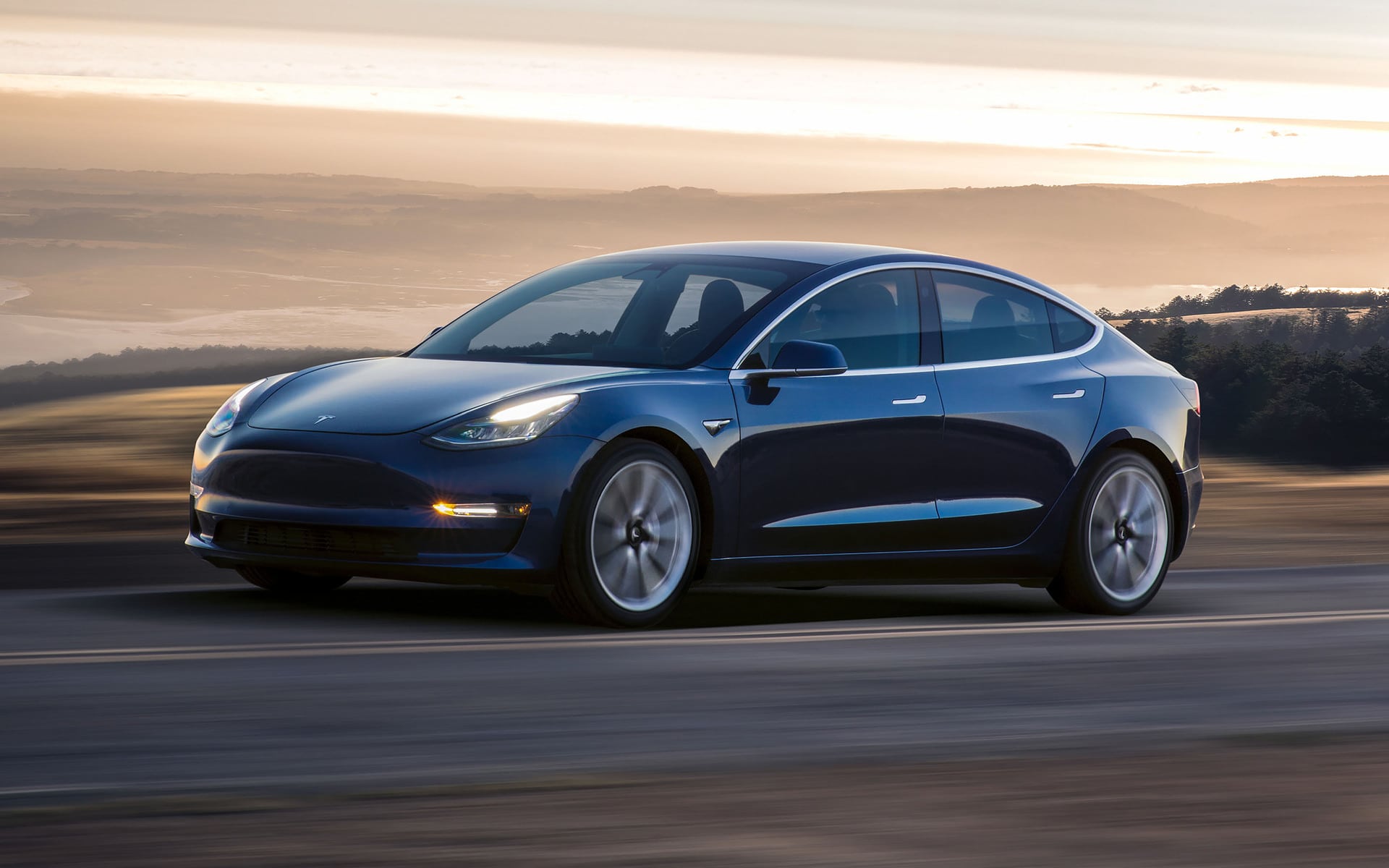The leader in electric vehicles, Tesla, has decided to opt for a different pricing strategy depending on the country, in this case two of the largest car markets in the world, the United States and China.
Tesla‘s strategy has been to raise prices in the US market, with the aim of increasing profit margins. However, it has chosen to keep prices stable in the Chinese market, with the idea of increasing its sales of electric vehicles.
Why has Tesla decided to keep prices stable in the Chinese market ? China is the largest market for electric vehicles in the world, so there are many players and competition is fierce between them. This is why Tesla has preferred not to raise prices, as it has done in the United States, in view of the market.
For example, the brand has increased the prices of the Tesla Model 3 and Model Y a dozen times on the American market, while on the Chinese market, the prices of these same models have not increased.
As another example, in terms of price, the Tesla Model Y has increased six times in the US this year, from $5,500 to $53,990. In China, the Tesla Model Y is priced at 276,000 yuan, the equivalent of $42,394. There is a clear difference for the same model but in two different markets.
In addition, the electric vehicle manufacturer has launched promotional campaigns in China, completely new campaigns that are only present in the Chinese market. Tesla’s objective is to further conquer the Chinese market where competition is great and tough, so it is necessary to please and convince Chinese customers since the range of electric vehicles is wide.
Craig Irwin, an analyst at Roth Capital Partners, said of Tesla: “I think Tesla is looking to be as competitive as possible in China. Lowering prices will be part of that aggressive positioning in the market.”
Market share
In China, Tesla’s share of the battery-electric vehicle market fell to 11% in the second quarter from 18% a year earlier, according to GLJ. But data from Morgan Stanley shows that Tesla still held a share of the US battery electric vehicle market of almost 70% in February. However, that share is down from 81% a year earlier.
China accounts for 44% of the global electric vehicle market, compared to 17% for the US. So it is bound to be very interesting for Tesla to become more interested in the Chinese market.
In addition, Tesla is affected by a shortage of chips and raw materials. Group executive Elon Musk stressed that the situation regarding the semiconductor shortage continues to be “pretty serious,” “It’s complicated to say how long it will last because there’s nothing we can do about it ourselves.” In an attempt to limit the damage, Tesla has decided to use other chip designs until the shortage is over.
Read also > TESLA : REPORTS RECORD SECOND QUARTER FINANCIAL RESULTS
Featured photo : © Tesla








